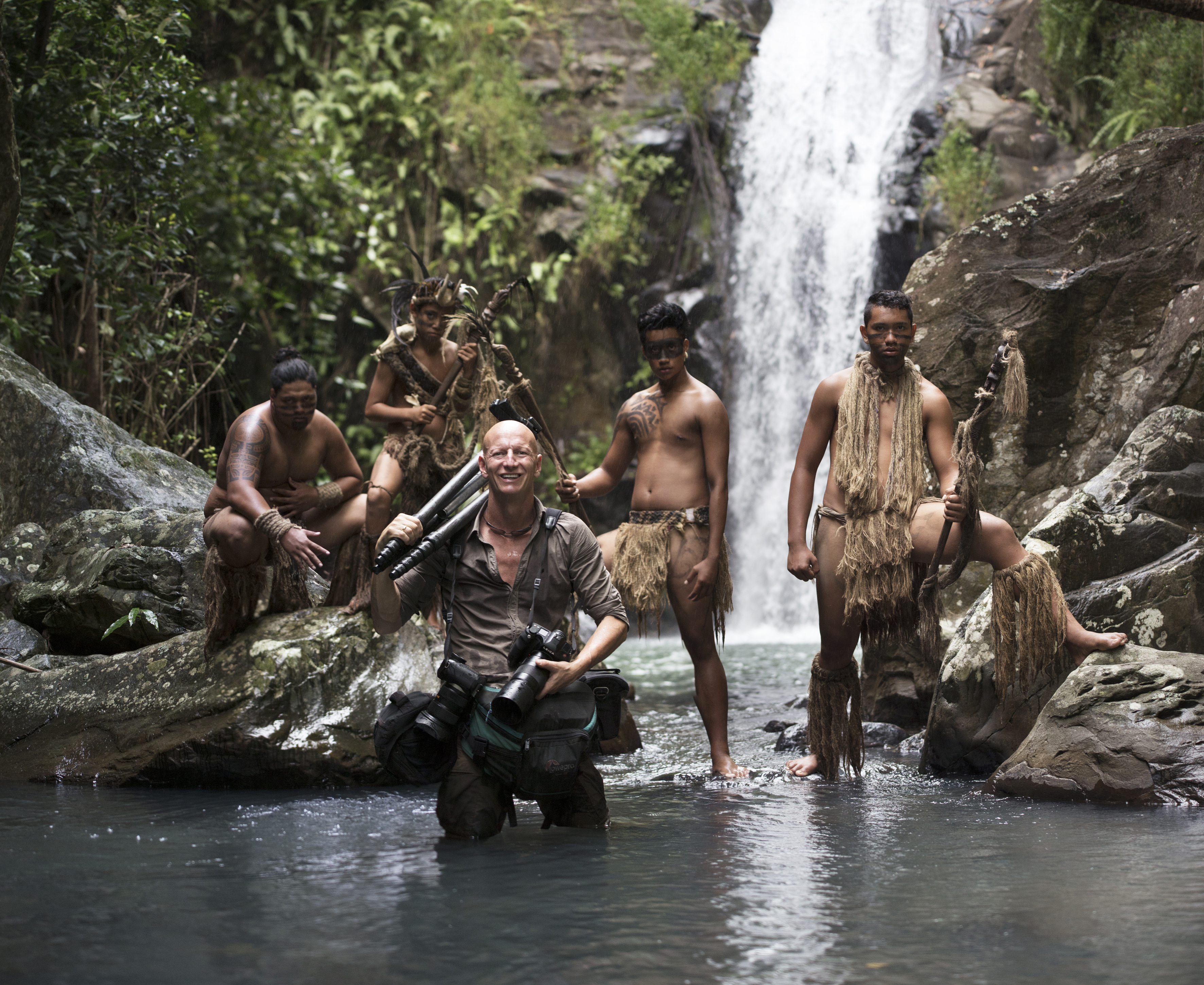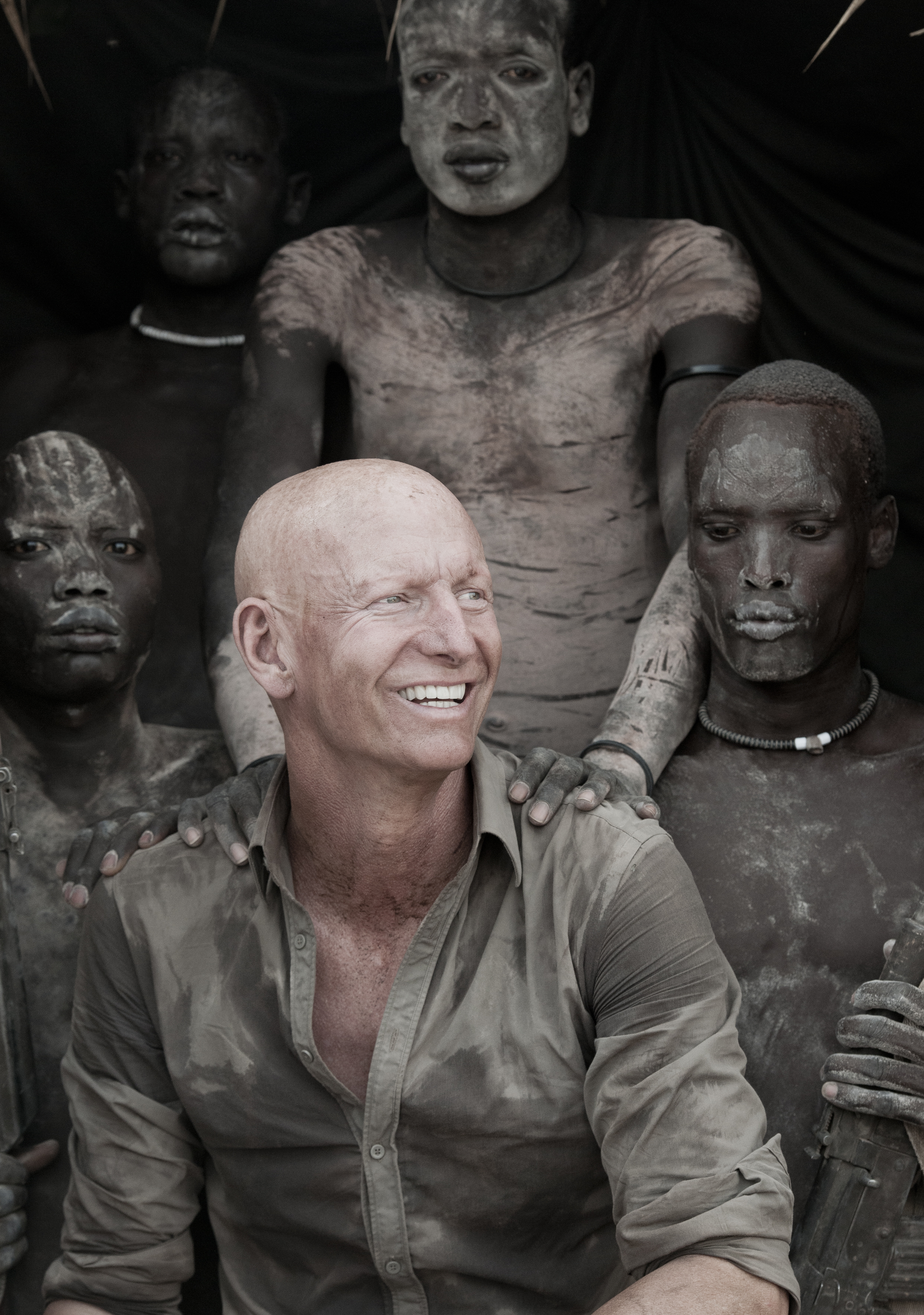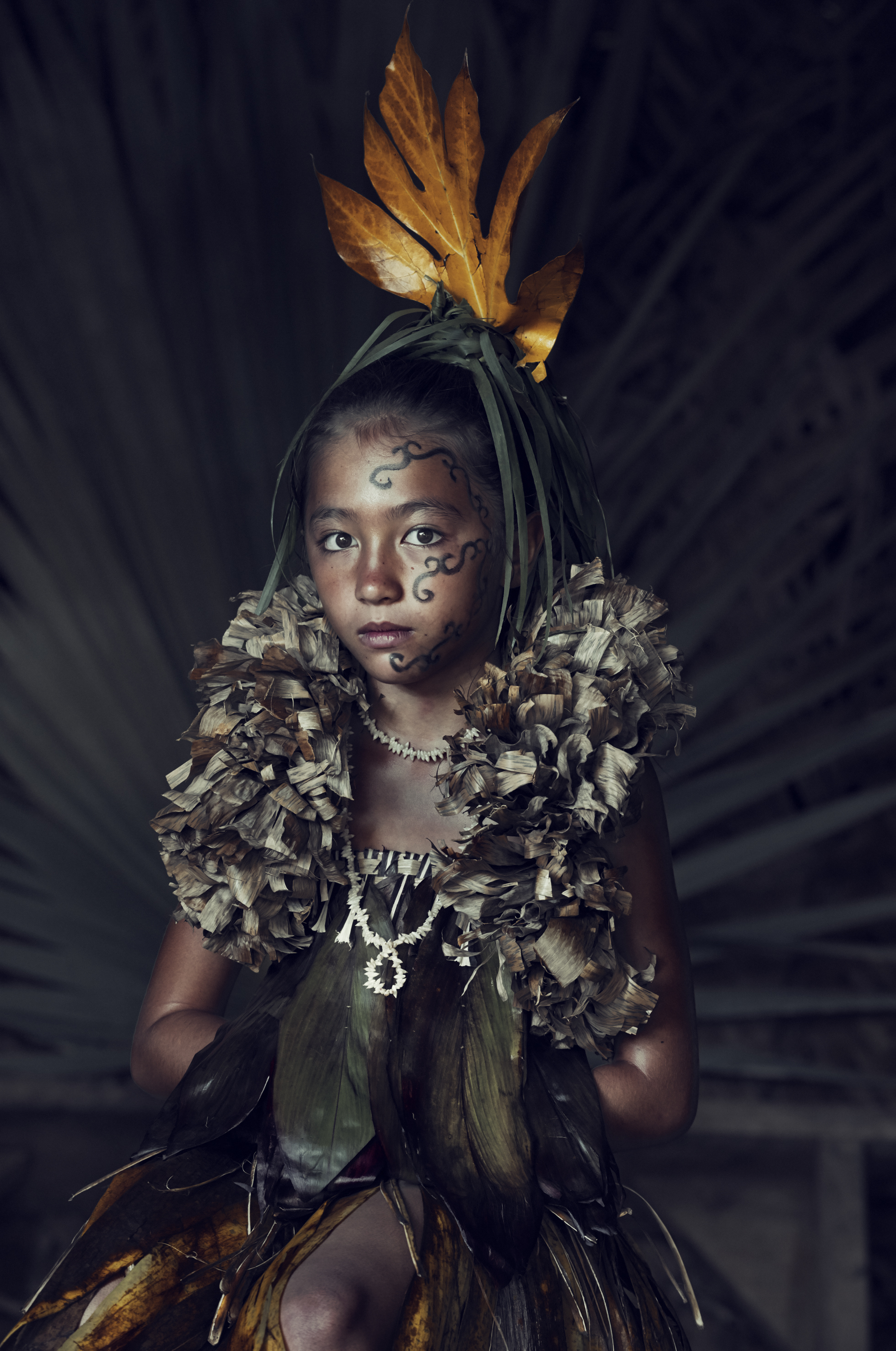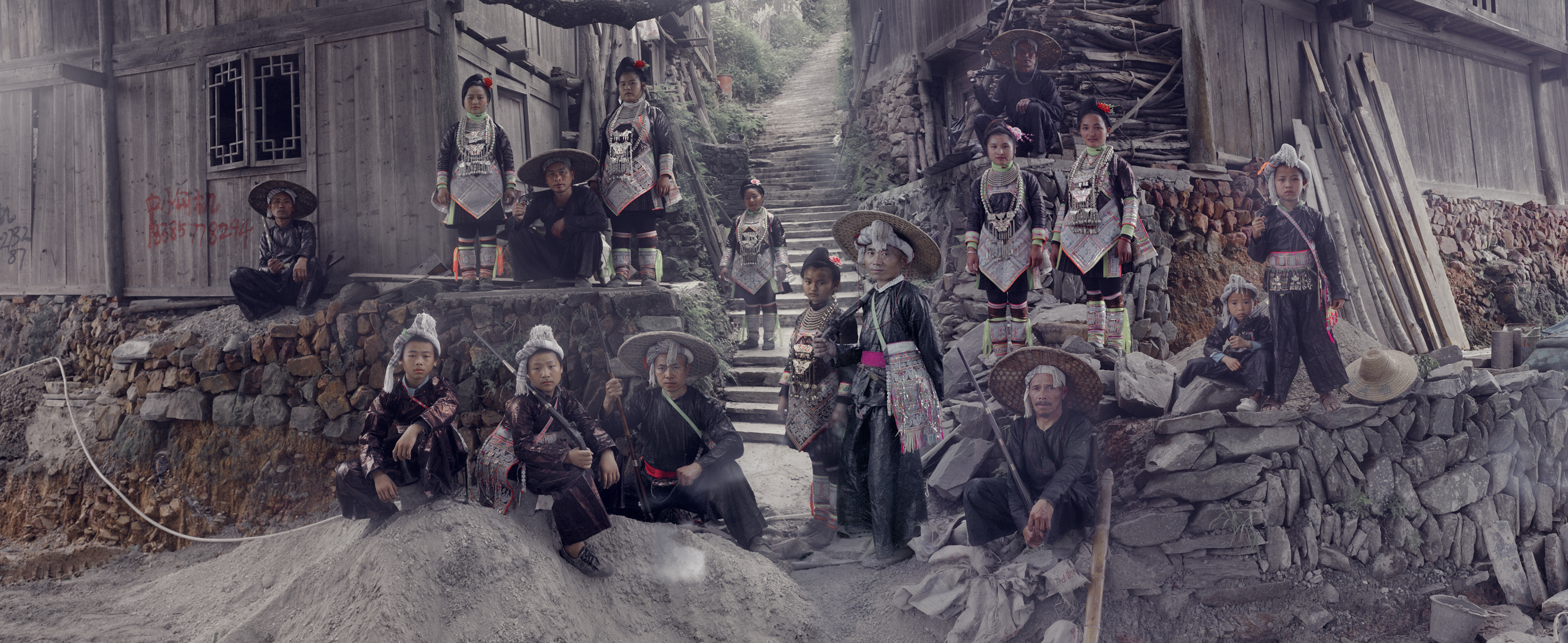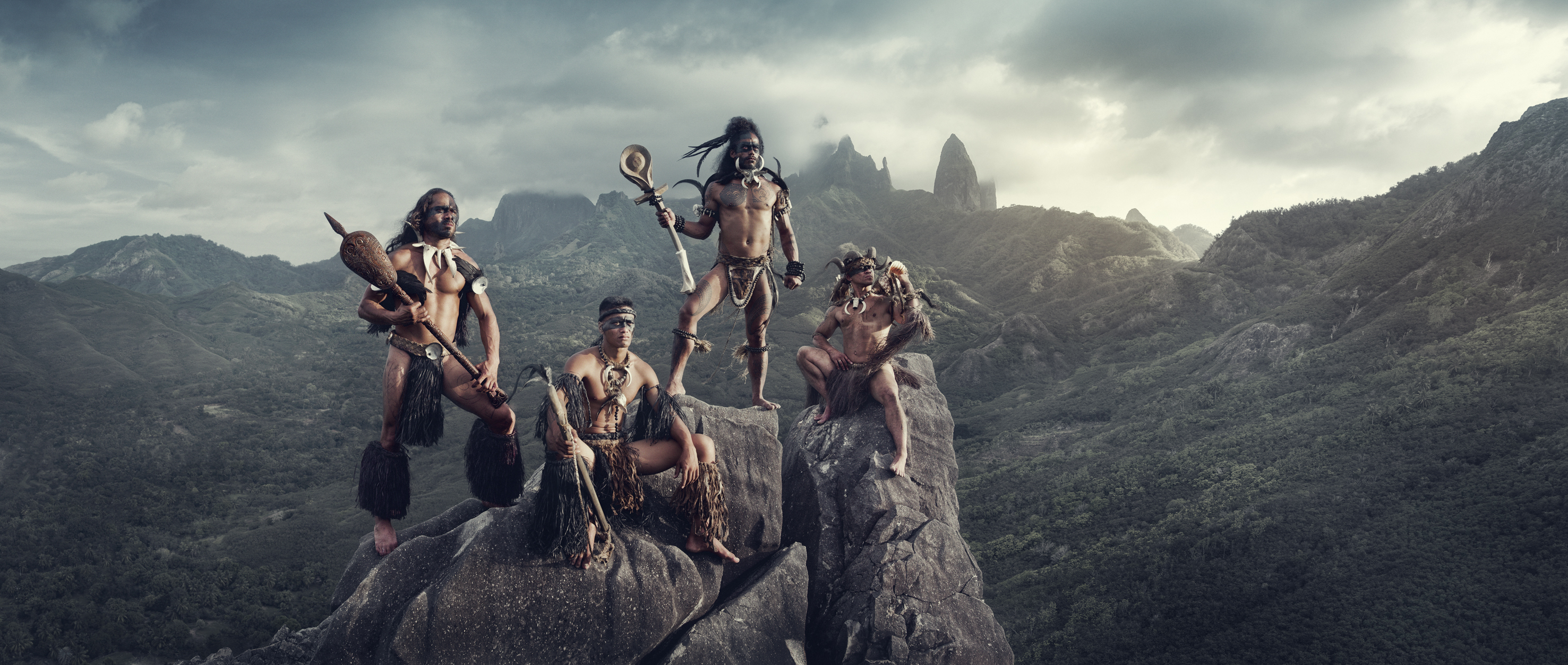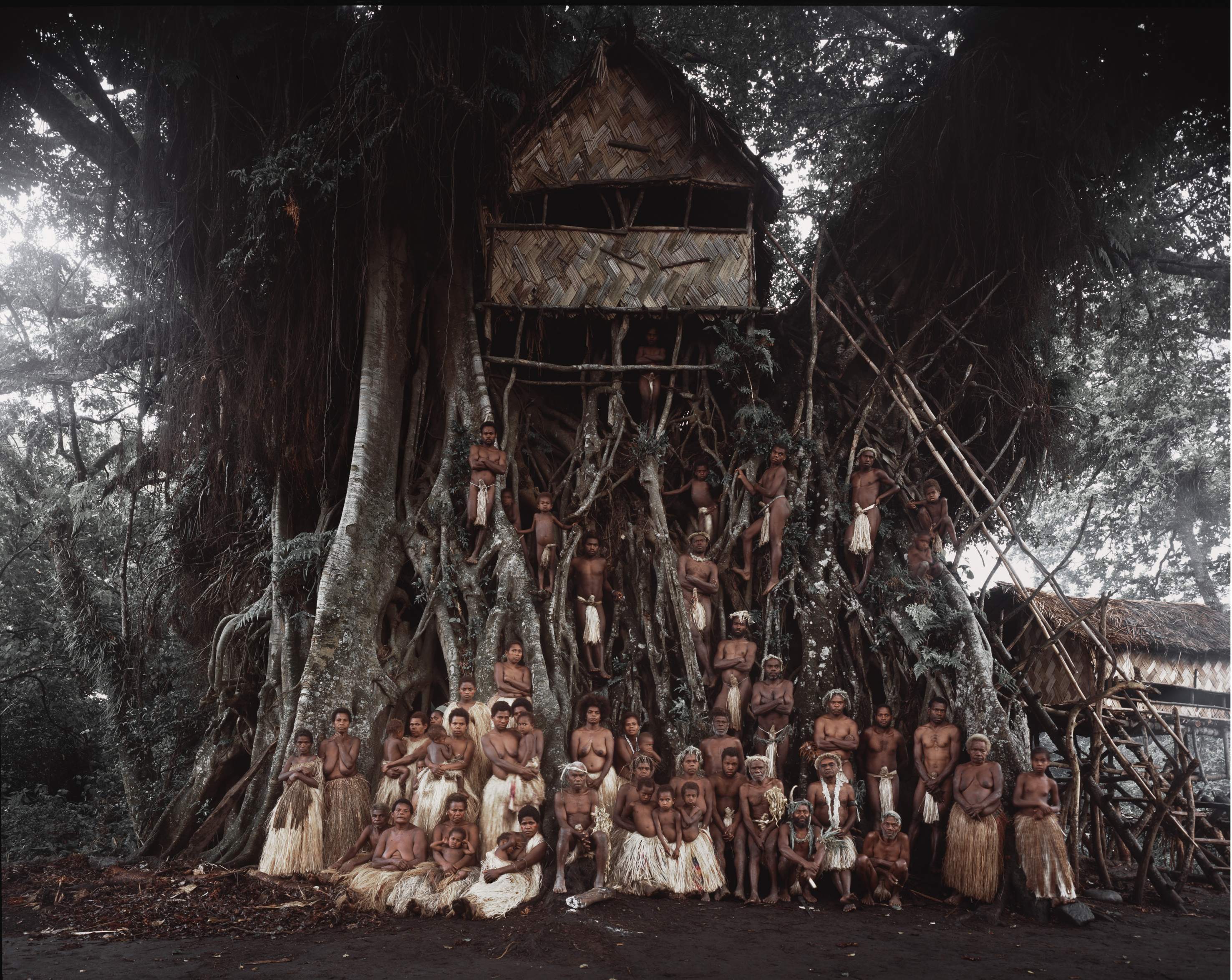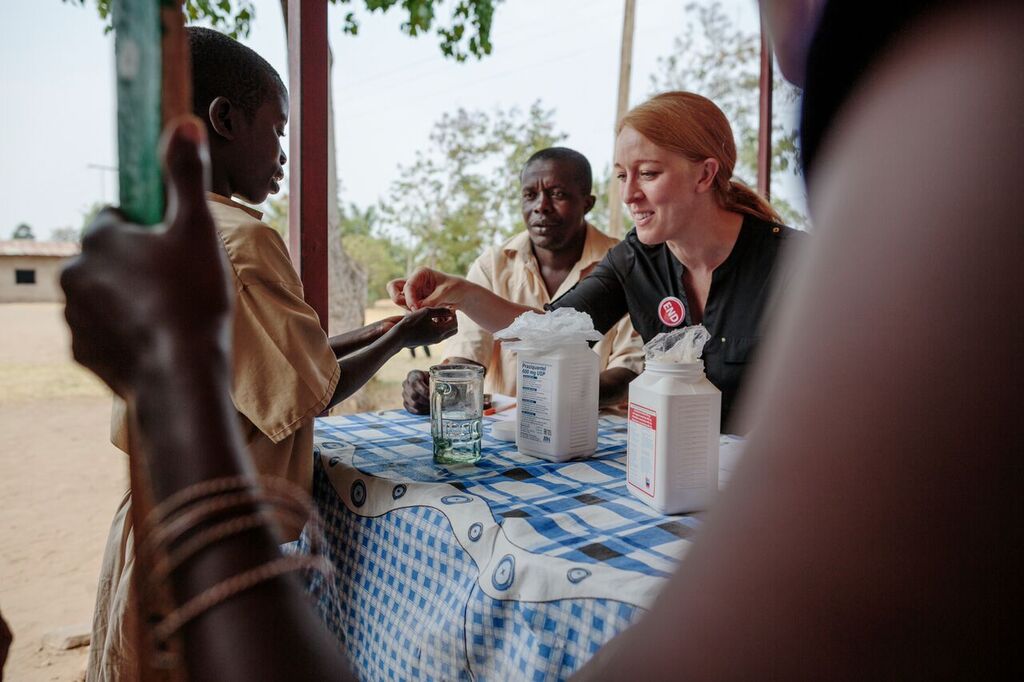Jimmy Nelson is a British photographer who is known for his romantic portrayal of indigenous peoples. His project “Before they pass away” led him to the more than 35 indigenous communities around the world, in Africa, Asia, South America, Europe and the South Pacific.
Jimmy Nelson’s dream is to create awareness about the world’s cultural diversity through his photography, to show the beauty of indigenous cultures which is so rare nowadays. His works can be found at the exhibitions of the international museums, in the world’s leading photographic art galleries and also in the book “Before They Pass Away”.
Jimmy, can you, please, tell us the story behind your career as a photographer?
Jimmy Nelson: Well, it happened by accident. I was a creative child, though I went to the ordinary English boarding school, where I was encouraged to learn only traditional careers like becoming a lawyer or doctor. I was a very creative child, however a dyslexic one. I am intelligent in a quite different way.
One day my hair suddenly fell off. At this time, I was 16 years old, a very delicate age for a boy. I already felt differently, I thought differently and I looked differently. All these things together caused me to finish school at 17 and run away, to Tibet. I was living among monks and wanted to find a place where people could understand me because I did not feel understood where I came from.
The camera was my constant companion, not for taking pictures, but rather for recording meetings and documenting my journey. When I came back home, these pictures became interesting to people and I decided to publish them, although they were not really good pictures. They were just interesting ones. Actually, it took me many years to learn how to make a good picture and I am still learning. I am speaking not only about the technical aspects, but more about asking the simple question “Why do you make pictures?”
Related article: “LAURA LA MONACA AND HER DAILY BREAKFAST“
In the meantime, I earned a little bit of money and spent a half a year in Afghanistan, then in Pakistan and in other countries. I was excited by running away again. That´s basically how my story started. I was just a young person, who wanted to discover the world.
Looking at your photos, it is not difficult to notice that your focus is primarily on culture. Why did you choose to take this direction in photography?
I have been taking photos for around 42 years and now I am focusing only on culture because I always had a huge interest in it and tribes. In 2010 I started working on the project with the goal of documenting and capturing the world’s last cultures. It is called “Before They Pass Away” and the idea is the following: “Nobody is going to die, but something is definitely dying: the culture is disappearing.” I saw the world and everybody is becoming the same.
That’s why I think it is important to make a visual record of the authenticity and individuality before it disappears at all, to capture it in such a way that you could ask yourself, “Is it important what is disappearing?”, “Should we be more contented, more authentic and more connected to each other?”
You travel a lot; can you tell us what place was the most exciting for you that impressed you a lot?
Let’s see. One of the most exciting places I visited was Siberia, the far Russian north-east, called Chukotka. Maybe I found this place exciting because it is far away from the developed world, it is very difficult to get there and it is extremely cold!
Interestingly, before taking photos of inhabitants, they told me, “You can stay with us and look at us before you start taking pictures, so you can understand us.” I spent two weeks there and I think, probably, this experience changed my perception of taking photos. It made me think why am I taking pictures, it made me push for a more personal contact and it made me look beyond the pretty face.
Speaking of a personal contact, can you share with us, how difficult it is to find a common language with tribes and how do you usually handle communication issues when you travel there?
Surely, you can always hire an interpreter but often it does not work well. Communication should be very emotional, with lots of crying, lots of hugging, lots of dancing, and lots of physical expressions. You should be more emotional, and show more who you really are. When you just have language you can be very distinct by using words, but when you don´t have a language, you have to be more physical, more of a human being. It usually works for every culture, race, skin and color. You just need to be a human being and not to be afraid of making mistakes.
Besides communication, what other challenges do you usually experience during your journeys?
Other challenges? I think one of the main challenges is to keep the balance between the world I am living in right now and the world I often visit. It is very hard to keep those worlds together; as this world is extremely different from the world I go to.
Some people might choose the path of not going to the places I visit. Maybe they think that that world is dangerous or they don’t want to go out of their comfort zone. But for me, that new world is inside of my comfort zone. It makes me feel more alive, more curious, a bit addicted and hungrier to take a picture of the place that might touch someone and inspire. You want always more of it and it is another challenge!
Let’s now speak about inspiration, as it is an essential part of each artist’s path. What or who inspires you the most to do what you have been doing for such a long period of time?
I think what inspires me the most is the realization that we live only one life. I don’t believe in God or reincarnation. This makes me realize that you have to do everything right now, not tomorrow, not another time or later.
Speaking of who inspires me, are usually people who reached their full potential in the creativity during this one life, like Edward Curtis, for example.
You also wrote a book, which has the same name as your project “Before They Pass Away.” Can you tell us more about it? What is the purpose of this book?
The first book is actually the catalyst for discussions. In a year and a half from now I will publish a new book and this book answers more to the question why I make these pictures of 35 or more tribes. There are not only insightful portraits of people, their customs, and artifacts but also stories behind them as well.
Every journey brings some lessons. What main lessons have you learned during your journey?
The biggest lesson I have learned is to trust your instincts. I think, when we are quite far away from our souls, we do not live fully anymore; we rely on other people, information, and digital devices. Trust your feelings! Just trust that you will open the next door which will lead you somewhere you did not even expect.
This is the biggest lesson, as we do not often feel where the next corner will lead us. Usually, when I am going on a journey, I don’t know exactly what is going to happen with me. There is a thrill because whatever will happen, it will be special. You never know what will happen and this is exciting!
Where is your next destination and next exhibition?
I am going to Mongolia, then I am going to Angola, Namibia, then I am going also to the Solomon islands, and new Caledonia.
My exhibitions have already started. You can find them at the Atlas Gallery in London, which will be until the 8th of April and in Bryce Wolkowitz in New York until the 15th of April and also in La Photographie Galerie in Brussels till the 25th of March.
Recommended Reading: “JUAN JEREZ AND THE LANGUAGE OF PHOTOGRAPHY“


